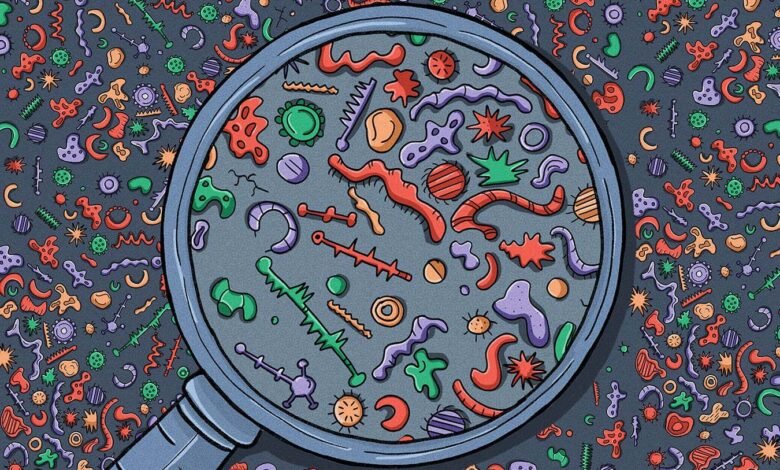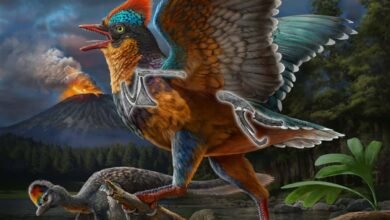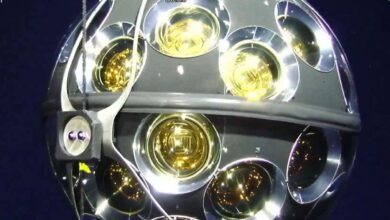A whole new world of tiny beings challenges fundamental ideas of life


Theodor Diener had a problem. It was 1967, and he and a colleague had successfully isolated the infectious agent causing potato spindle tuber disease, which devastates crops. But it wasn’t like anything they recognised. Although they called it a virus, it didn’t behave like one.
It took Diener four years to demonstrate that the mysterious entity was something even simpler than a virus: a single “naked” molecule that could infect the cells of potato plants and thereby reproduce. He suggested calling it a viroid. It was the smallest replicating agent ever identified. At a stroke, Diener had expanded our understanding of life in the microscopic world.
You might think that such a dramatic discovery would go, er, viral. Yet hardly anyone noticed. Apart from a few other plant pathologists, the scientific world largely forgot about viroids for half a century. So obscure were they that, in 2020, when Benjamin Lee at the National Center for Biotechnology Information in Bethesda, Maryland, was advised to try looking into viroids, he had never even heard of them.
Since then, thanks to Lee and others, there has been an explosion of discoveries. We now know of thousands of viroids and viroid-like entities, with exotic names like obelisks, ribozyviruses and satellites. They appear to be everywhere, in a huge range of organisms and microorganisms. We have no idea what most of them are doing, including whether they are benign or dangerous. But these simplest-possible replicators raise fundamental questions about what it means to be alive. They may even date back to the origins of…
Source link




